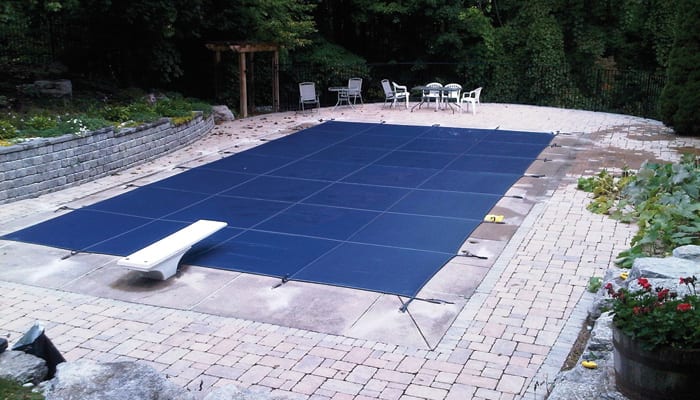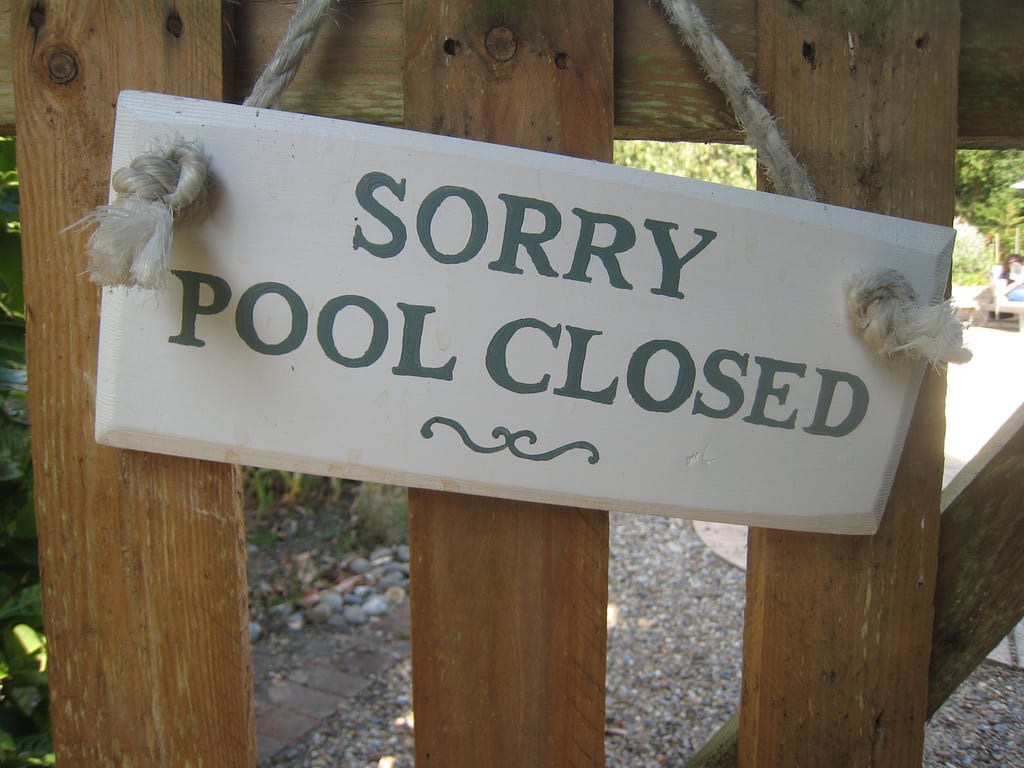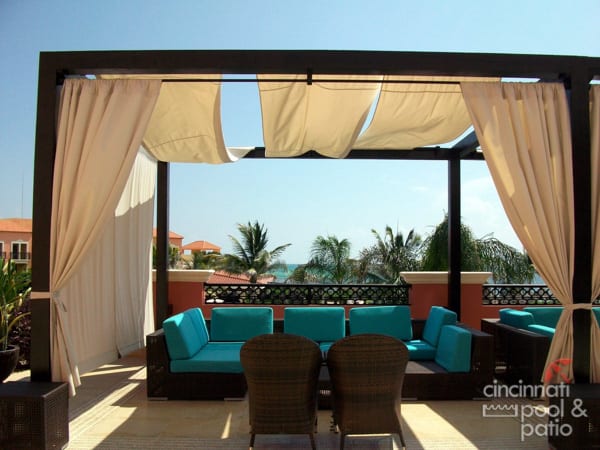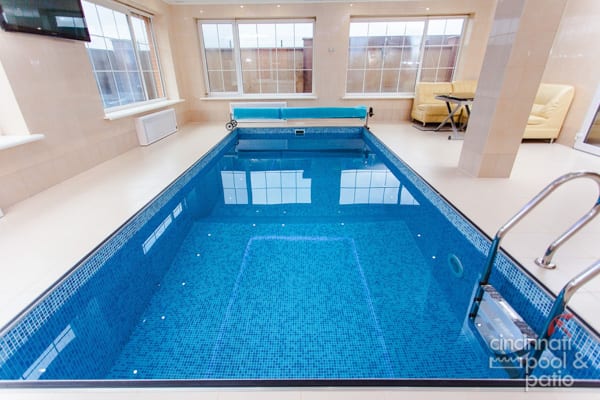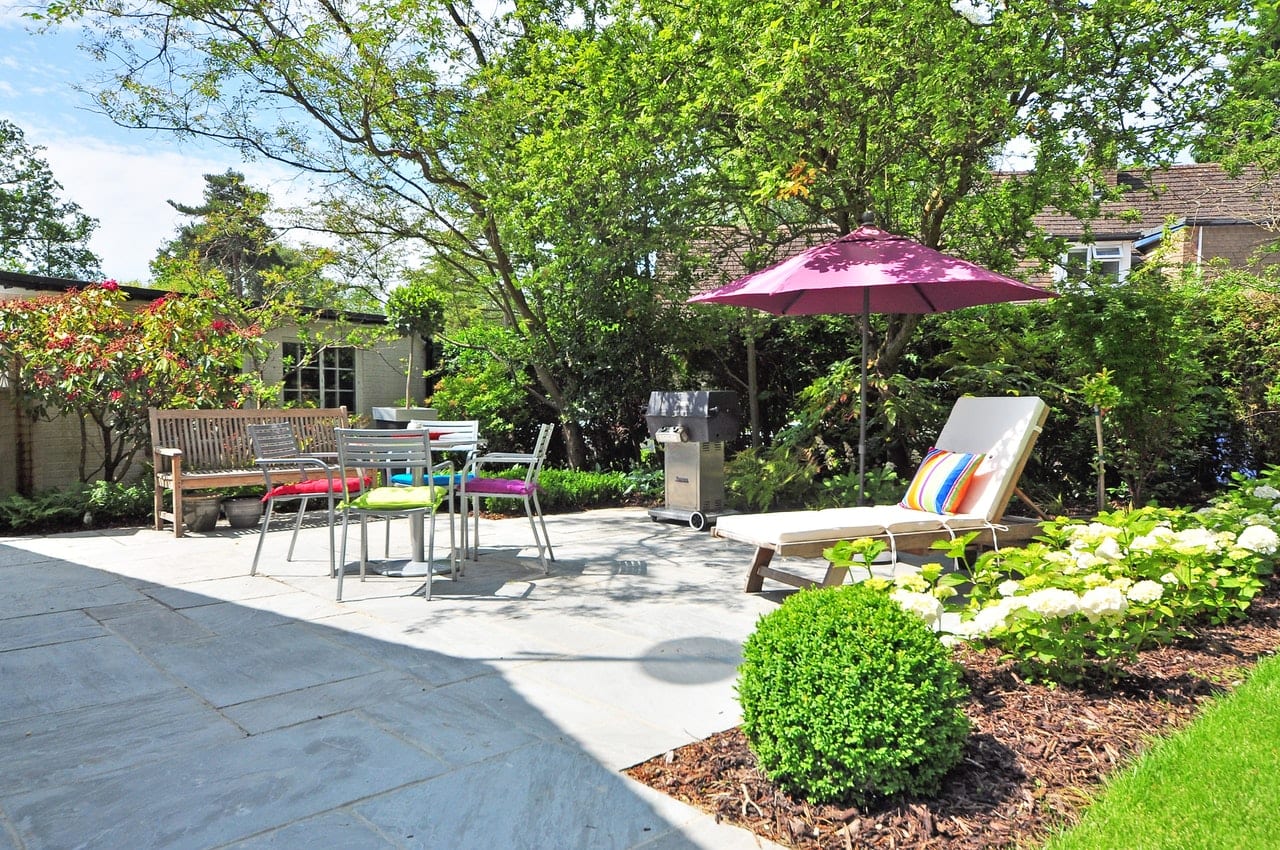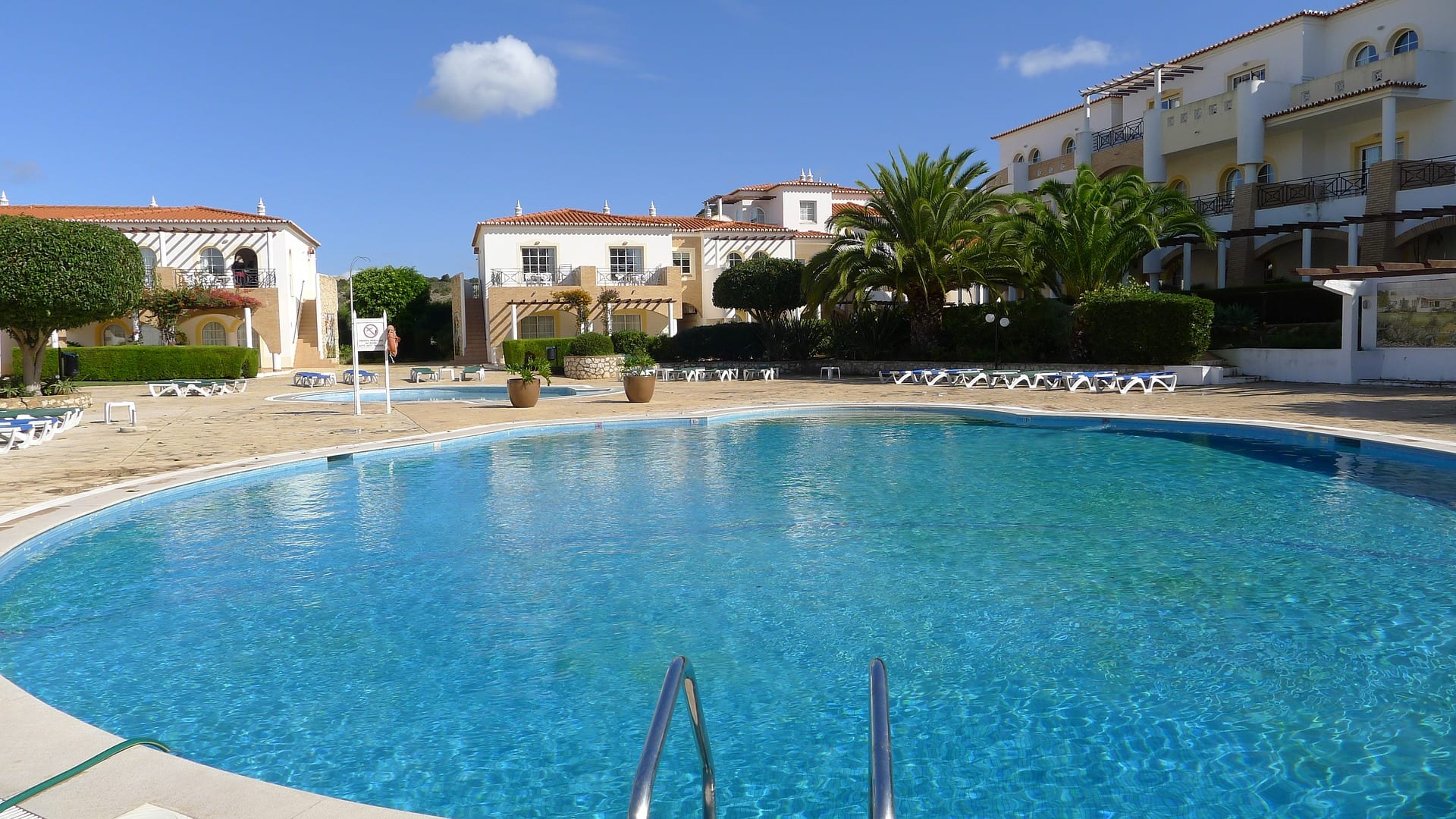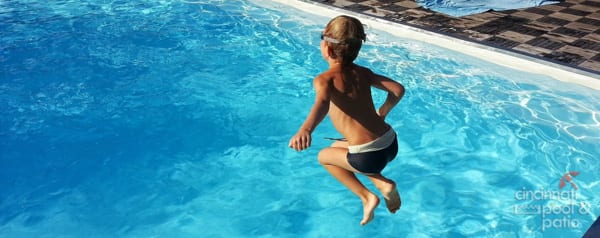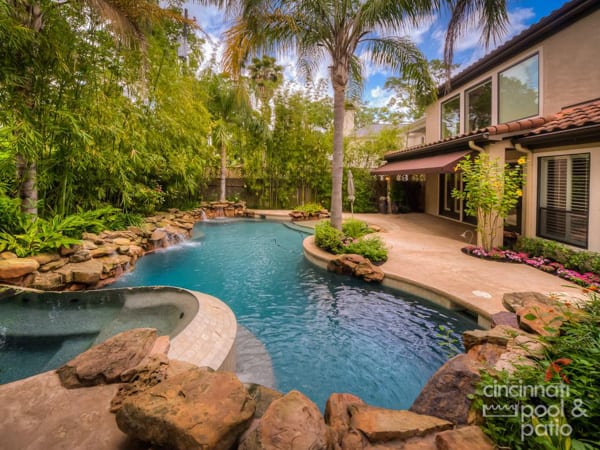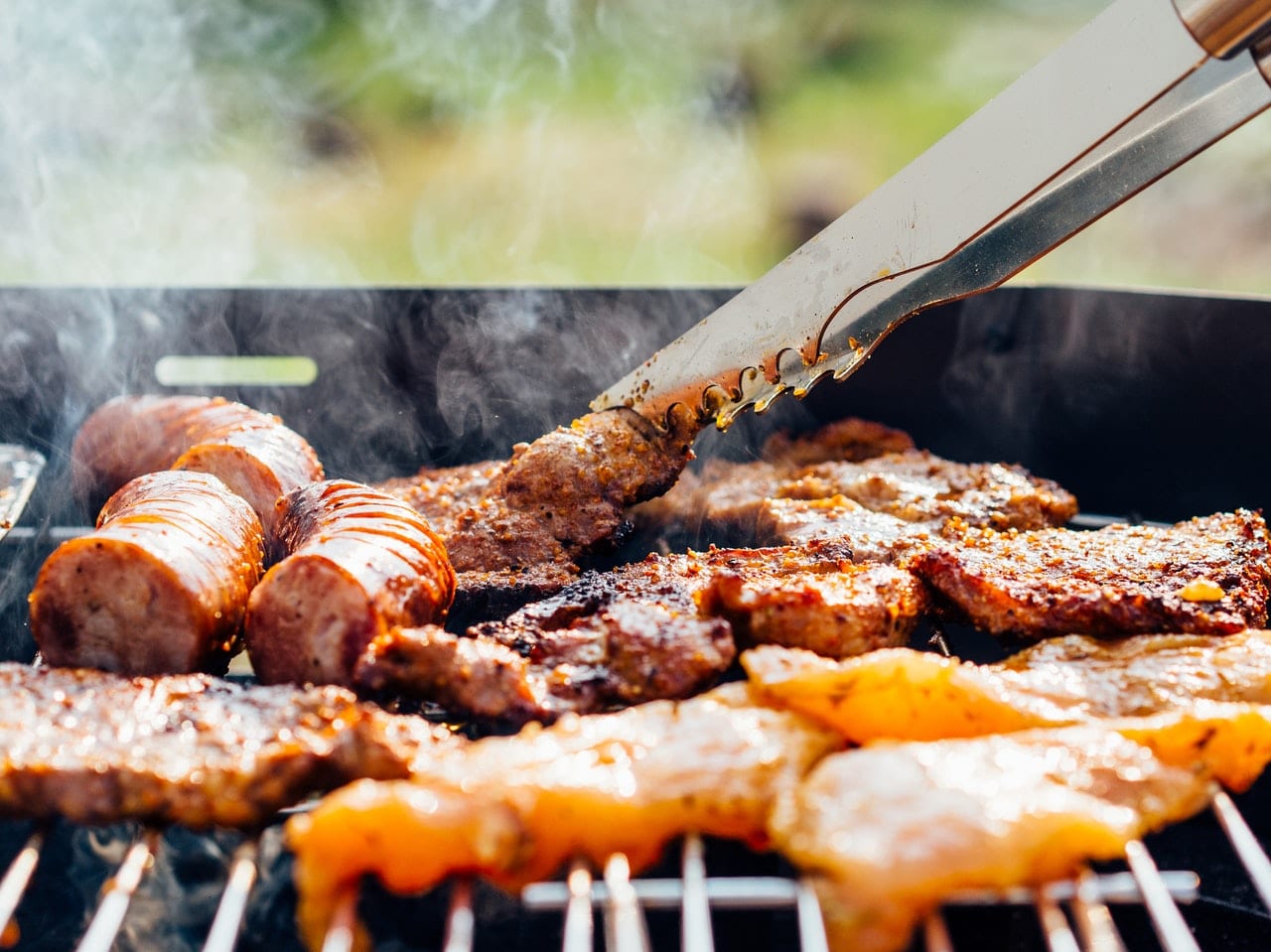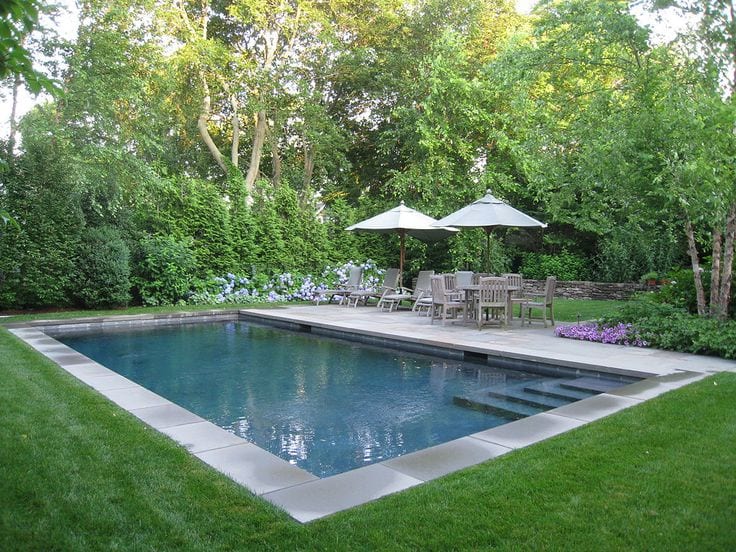Pool Safety Cover
The statistics don’t lie. With an average of 10 deaths a day by accidental drowning in the USA it is up to everyone who owns a swimming pool to be aware of the steps they can take to help try and prevent these needless deaths.
Even though there are over 80 million residential swimming pools in the USA and these numbers represent a minuscule fraction of the people that swim in them; our goal and yours as a pool owner should be to get this average amount of daily accidental drownings down to zero.
One of the important items you need to ensure your pool is safe is a pool safety cover.
When People are using your pool
When there are people in the pool it is up to you and the supervising adults to keep a close eye on the children. Establish a firm set of rules for your pool that everyone clearly understands and are strictly followed.
When the pool is unattended
This is where a pool safety cover comes in handy. These covers will ensure that no unattended child or animal is able to fall into the pool.
It’s important to check your cover to make sure it is working properly. This will keep your family and pool safe during the entire year.
If your pool isn’t covered, you need a cover that will protect your pool from harm. Contact Cincinnati Pool & Patio and we can find the perfect safety cover for you.


